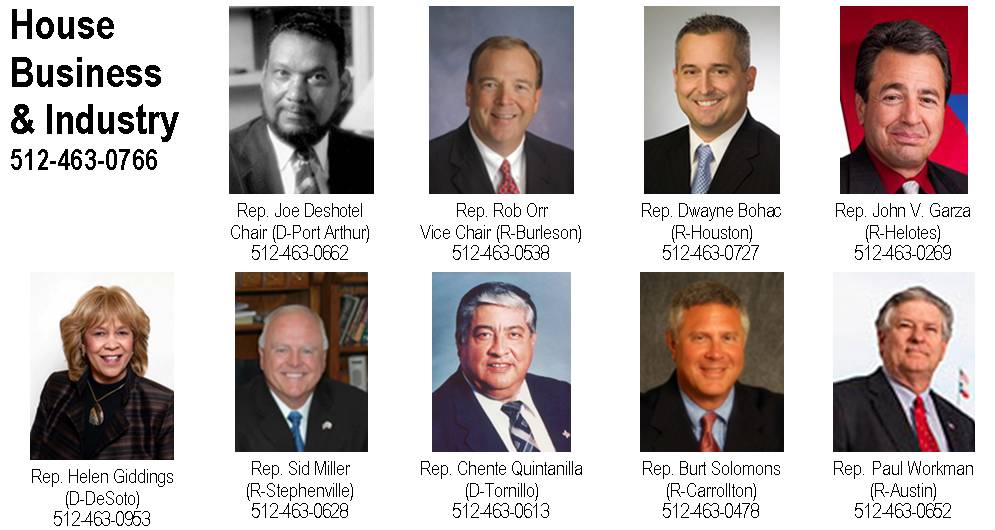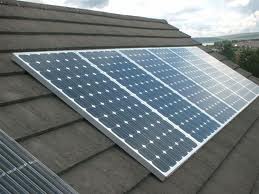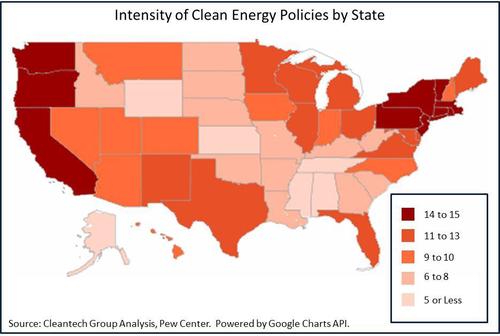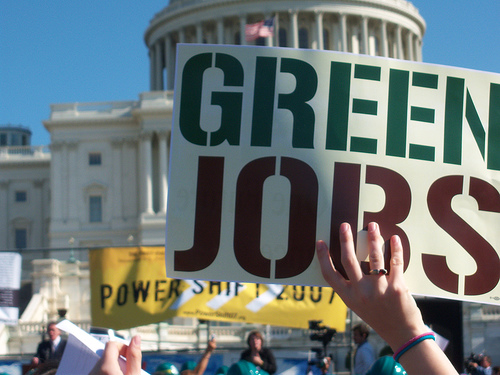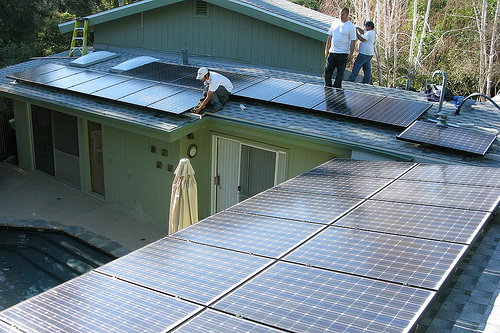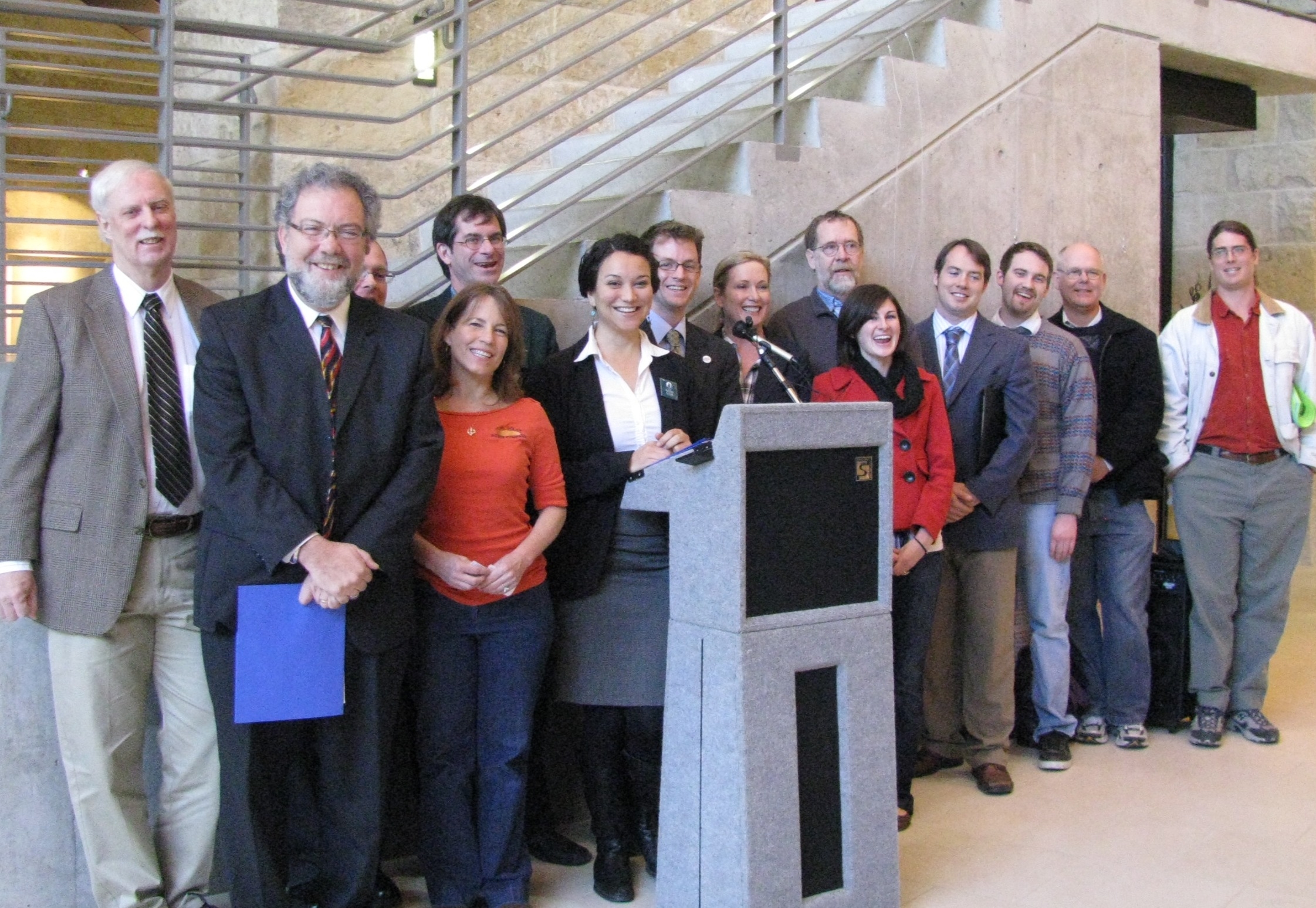According to a press release from ERCOT, Texas posted a 30 percent increase in energy from renewable sources in 2010 with voluntary participation in renewable energy credits up 45 percent
Below is ERCOT’s press release:
MAY 13, 2011, AUSTIN – Texas posted a 30 percent increase in energy generated by renewable sources in 2010, according to the state’s renewable energy credits registry administered by the Electric Reliability Council of Texas (ERCOT), grid operator for most of the state.
The renewable energy recorded in the state’s renewable energy credit program was 28 million megawatt-hours (MWh) in 2010, compared to 21.6 million MWh in 2009 – a 30 percent increase – as reported in the Texas renewable energy credit program annual report, filed today at the Public Utility Commission.
Wind generation represented the largest share at 26.8 million MWh. Solar energy increased the most, by percentage, going from 4,492 to 14,449 MWh.
RENEWABLE ENERGY PRODUCED IN TEXAS
Fuel
Type
2010 (MWhs)
2009 (MWhs)
Increase (%)
Biomass 97,535
73,364
33
Hydro 609,257
507,507
20
Landfill gas 464,904
412,926
13
Solar 14,449
4,492
221
Wind 26,828,660
20,595,989
30
Total 28,014,805
21,594,278
30
Competitive retail electric providers must annually acquire and retire renewable energy credits based on their load-ratio share of the state’s renewable portfolio standard mandate. Any electric provider may voluntarily retire renewable energy credits to substantiate “green energy” claims.
A renewable energy credit (REC) is a tradable instrument that represents one megawatt-hour of renewable energy produced.
For the third consecutive year, the RECs retired in the voluntary market exceeded the mandatory retirements:
- 11.83 million RECs were retired in the voluntary market – a 45 percent increase over 2009’s record of 8.94 million;
- 9 million RECs were retired by the state’s 168 competitive retail electricity providers in compliance with the state renewable portfolio standard;
- 20.86 million total RECs were retired in 2010 compared to 15.7 million in 2009 and 13.5 million in 2008.
RENEWABLE ENERGY CREDIT RETIREMENTS
2010 (millions)
2009 (millions)
2008 (millions)
Retired for mandate 9.03
6.79
6.73
Voluntary retirements 11.83
8.94
6.77
Total 20.86
15.73
13.50
Since 2008, the program has also awarded compliance premiums in conjunction with a REC that is generated by a non-wind renewable energy source. For the purpose of the renewable portfolio standard requirements, one compliance premium is equal to one REC. Last year, 11 companies were awarded a total of 275,910 compliance premiums, representing
COMPLIANCE PREMIUMS – NON-WIND RENEWABLE SOURCES
2010
2009
2008
Number of companies 11
10
5
Compliance premiums awarded 275,910
200,570
155,006
The Texas Legislature established the renewable portfolio standard as part of the restructuring of the state’s electricity market in 1999 to increase incentives for renewable energy production. The Texas Public Utility Commission implemented the renewable energy credit program in 2001 and established ERCOT as the administrator.
The program currently includes 107 generation accounts representing a total of 10,515 MW of new renewable generation added in Texas since 1999. (An additional 298 MW registered in the program is from six renewable generation resources that were in service prior to September 1999 for a total of 10,813 MW.) Texas exceeded 10,000 MW of renewable capacity last year, which achieved the Texas Legislature’s goal of 10,000 MW of renewable generation by 2025 – 15 years early.
CAPACITY REGISTERED IN TEXAS REC PROGRAM
FuelType 2010 (MWs) 2009 (MWs) 2008 (MWs) Biomass 108 40 37 Hydro 33 33 33 Landfill gas 88 80 72 Solar 21 1 1 Wind 10,265 9,915 8,158 Total 10,515 10,069 8,301 Does not include generation in service prior to September 1999.
The megawatts of capacity reported in the REC annual report may not align with total renewable resources registered in ERCOT planning reports and other reporting agencies because it includes renewable generation throughout Texas, not just ERCOT. In addition, the program is voluntary and only tracks renewable resource generation registered in the program.
Online:
Renewable Energy Credit Program – Annual Report, 2010
Texas Renewable Energy Credit Program website
PUCT Substantive Rule 25.173: Goal for Renewable Energy
ERCOT Protocols, Section 14: State of Texas Renewable Energy Credit Trading Program

